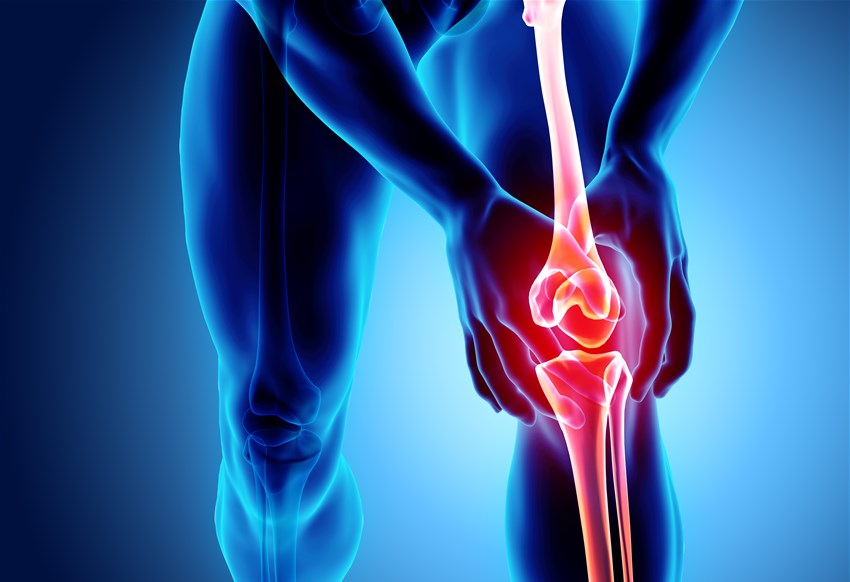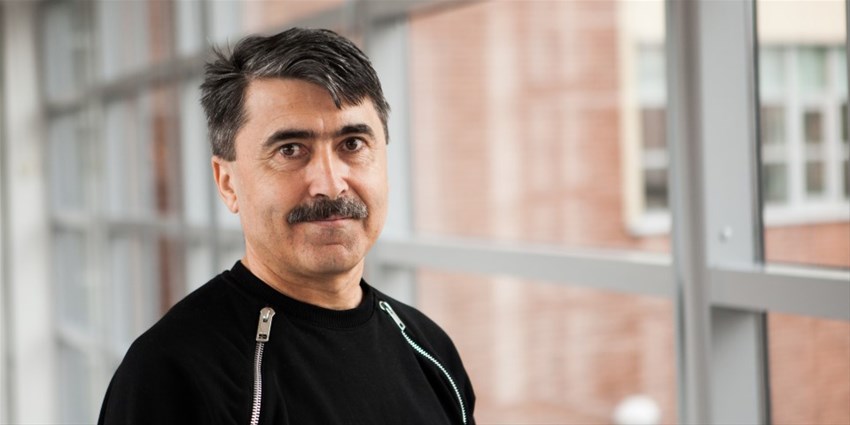Thermal spraying can provide better bone implants
27 May 2020
In the future, damaged bones can be re-built with 3D-printed implants that have thermal sprayed surface layers so that they are more readily accepted by the human body. University West has started a new exciting research project together with Vellore Institute of Technology (VIT) in India.

Thermal spraying is often associated with industrial applications. For many years researchers at University West have focused on gas turbines in aircraft engines, power plants and automotive engines. But thermal spraying can also improve product properties in several other areas. The new technology suspension plasma spraying opens up entirely new possibilities.
– Biomaterials is one of several interesting areas. Our newly started research project is about developing a new type of implant that can be integrated and healed together with the rest of the existing bone. Today's implants are expensive and involve risks of various kinds, explains Nicolaie Markocsan, Professor of Production Technology at University West.

Nicolaie Markocsan, Professor of Production Technology at University West.
Suspension plasma spraying raised interest among researchers
The researchers at the "Center for Biomaterials, Cellular and Molecular Theranostics (CBCMT)" at VIT have solid expertise in the biomaterials research area. In this project, their knowledge is linked to the expertise in thermal spraying found at University West.
– We got in touch several years ago during a visit at VIT. VIT was willing to test some of our suspension plasma sprayed samples and due to the excellent results, they became very interested in moving on to a joint research project, says Nicolaie.
Researchers in India will produce 3D-printed titanium implants that can be customized for various types of injuries. The porous implants are coated with a thermally sprayed, nanostructured layer of biomaterial and filled with a mixture of collagen and stem cells. This "filling" helps to better integrate the bone implant with the body. The task of University West is to give the implant a biocompatible surface layer which improves mechanical functionality and is also antibacterial.
Different combinations of materials being tested
– With the aid of suspension plasma spraying, we will test different nanostructured layers consisting of hydroxylapatite, silver and graphene. Hydroxylapatite is a well-known biomaterial that is often used for various types of implants. Silver has antibacterial properties and graphene can help increase the mechanical properties of the implant. Combinations of these three materials in one layer can give the improved properties mentioned above.
Faster bone formation
– The goal is to emulate the components of the human bone, speed up the formation of bones and prevent infections.
Nicolaie explains that suspension plasma spraying has several advantages. Since the coating material is mixed with liquid, it is easy to test different mixtures. In addition, you can spray very thin layers with good adhesion and high crystallinity and density – that is, the layer becomes stronger and more durable.
– We are very excited about the outcome of this project as tests have been very promising. We hope that the new type of implant will greatly facilitate the healing process for patients who are recovering from a lost or damaged bone.
– If this project becomes successful, we hope, of course, to be able to continue research jointly or with Swedish actors in larger projects.
The research project will run from 2020 to 2021 and is funded by the Swedish Research Council, within the framework of their research collaboration between India and Sweden (the Indo-Swedish Joint Network).


